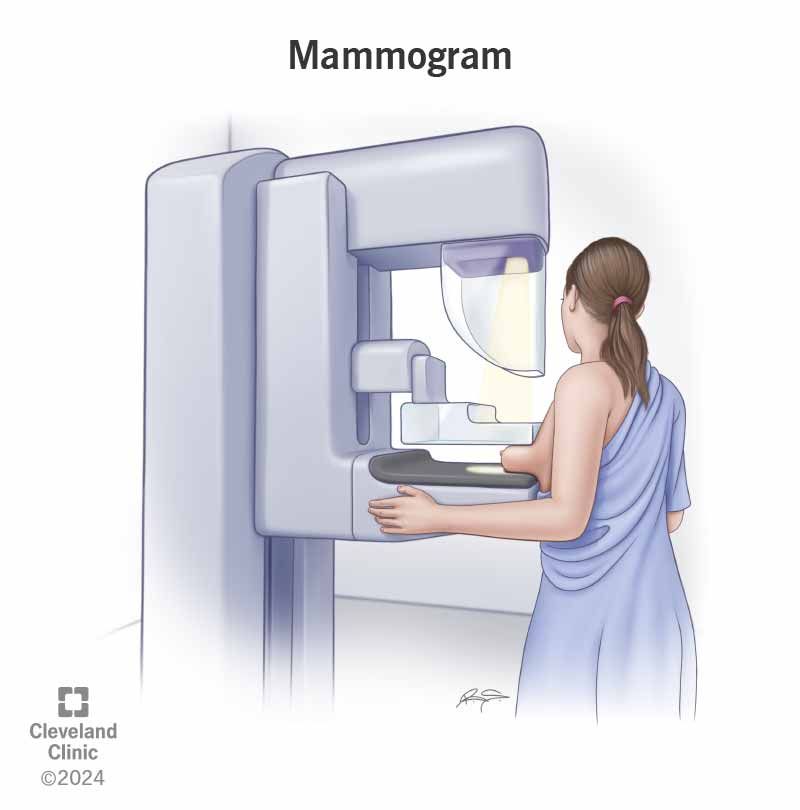When it comes to breast health, mammograms are an essential tool in early detection and prevention of breast cancer. Mammograms are specialized X-ray exams that can detect abnormalities in the breast tissue, often before they can be felt by a physical exam. In this article, we will discuss what to expect when getting a mammogram, the importance of regular screenings, and how technology is advancing in the field of breast imaging.
What is a Mammogram?
A mammogram is a screening test that uses low-dose X-rays to capture images of the breast tissue. These images are then examined by radiologists for any signs of abnormalities, such as lumps, tumors, or other changes that could indicate the presence of breast cancer. Mammograms are recommended for women over the age of 40, as early detection is key to successful treatment and increased survival rates.
What to Expect During a Mammogram
When you arrive for your mammogram appointment, you will be asked to undress from the waist up and put on a hospital gown. The technologist will then position your breast on a special platform and gradually compress it with a clear plastic paddle to spread out the breast tissue and obtain a clear image. While this compression may feel uncomfortable, it only lasts for a few seconds and is necessary to get a clear picture of the breast tissue.
The actual imaging process takes only a few minutes per breast, and you will need to hold your breath while the X-ray is being taken to minimize motion and ensure a clear image. After the images are captured, you may be asked to wait briefly while the technologist checks the quality of the images before you can get dressed and leave the facility.
The Importance of Regular Screenings
Regular mammograms are vital in the early detection of breast cancer, as they can detect abnormalities in the breast tissue long before any symptoms are present. The American Cancer Society recommends that women over the age of 40 should have a mammogram every year, as this can significantly increase the chances of detecting breast cancer in its early stages when it is most treatable.
Early detection not only improves the chances of successful treatment but also reduces the need for aggressive treatments such as chemotherapy or mastectomy. By staying up to date with your mammogram screenings, you are taking an active role in your breast health and overall well-being.
Advancements in Breast Imaging Technology
Technology is playing a significant role in advancing the field of breast imaging, making mammograms more accurate and reliable than ever before. Digital mammography is now the standard of care in many facilities, offering clearer images and faster results compared to traditional film mammography.
Other advanced imaging techniques, such as 3D mammography (tomosynthesis) and breast MRI, are also being used to provide more detailed information about the breast tissue and improve early detection rates. These technologies are particularly beneficial for women with dense breast tissue or a family history of breast cancer, as they can detect abnormalities that may be missed by traditional mammograms.
Conclusion
Getting a mammogram may seem daunting, but it is a crucial step in maintaining your breast health and detecting breast cancer early. By understanding what to expect during a mammogram, the importance of regular screenings, and the advancements in breast imaging technology, you can feel more confident and empowered in taking charge of your health. Remember, early detection saves lives, so don’t delay in scheduling your next mammogram appointment.
Stay informed, stay proactive, and prioritize your breast health – it’s worth it.
By incorporating HTML markup in this article, you can enhance the presentation and readability of the content, making it more engaging and visually appealing to readers interested in the tech niche.
